Ubiquitous Computing —— Smart Devices, Environments and Interactions
----- 普适计算技术:智能设备、环境与互动
List of Figures. List of Tables. Preface. Acknowledgements. 1 Ubiquitous Computing: Basics and Vision. 1.1 Living in a Digital World. 1.2 Modelling the Key Ubiquitous Computing Properties. 1.3 Ubiquitous System Environment Interaction. 1.4 Architectural Design for UbiCom Systems: Smart DEI Model. 1.5 Discussion. Exercises. References. 2 Applications and Requirements. 2.1 Introduction. 2.2 Example Early UbiCom Research Projects. 2.3 Everyday Applications in the Virtual, Human and Physical World. 2.4 Discussion. Exercises. References. 3 Smart Devices and Services. 3.1 Introduction. 3.2 Service Architecture Models. 3.3 Service Provision Life-Cycle. 3.4 Virtual Machines and Operating Systems. Exercises. References. 4 Smart Mobiles, Cards and Device Networks. 4.1 Introduction. 4.2 Smart Mobile Devices, Users, Resources and Code. 4.3 Operating Systems for Mobile Computers and Communicator Devices. 4.4 Smart Card Devices. 4.5 Device Networks. Exercises. References. 5 Human-Computer Interaction. 5.1 Introduction. 5.2 User Interfaces and Interaction for Four Widely Used Devices. 5.3 Hidden UI Via Basic Smart Devices. 5.4 Hidden UI Via Wearable and Implanted Devices. 5.5 Human-Centred Design (HCD). 5.6 User Models: Acquisition and Representation. 5.7 iHCI Design. Exercises. References. 6 Tagging, Sensing and Controlling. 6.1 Introduction. 6.2 Tagging the Physical World. 6.3 Sensors and Sensor Networks. 6.4 Micro Actuation and Sensing: MEMS. 6.5 Embedded Systems and Real-Time Systems. 6.6 Control Systems (for Physical World Tasks). 6.7 Robots. Exercises. References. 7 Context-Aware Systems. 7.1 Introduction. 7.2 Modelling Context-Aware Systems. 7.3 Mobility Awareness. 7.4 Spatial Awareness. 7.5 Temporal Awareness: Coordinating and Scheduling. 7.6 ICT System Awareness. Exercises. References. 8 Intelligent Systems (IS). 8.1 Introduction. 8.2 Basic Concepts. 8.3 IS Architectures. 8.4 Semantic KB IS. 8.5 Classical Logic IS. 8.6 Soft Computing IS Models. 8.7 IS System Operations. Exercises. References. 9 Intelligent System Interaction. 9.1 Introduction. 9.2 Interaction Multiplicity. 9.3 Is Interaction Design. 9.4 Some Generic Intelligent Interaction Applications. Exercises. References. 10 Autonomous Systems and Artificial Life. 10.1 Introduction. 10.2 Basic Autonomous Intra-Acting Systems. 10.3 Reflective and Self-Aware Systems. 10.4 Self-Management and Autonomic Computing. 10.5 Complex Systems. 10.6 Artificial Life. Exercises. References. 11 Ubiquitous Communication. 11.1 Introduction. 11.2 Audio Networks. 11.3 Data Networks. 11.4 Wireless Data Networks. 11.5 Universal and Transparent Audio, Video and Alphanumeric Data. 11.6 Ubiquitous Networks. 11.7 Further Network Design Issues. Exercises. References. 12 Management of Smart Devices. 12.1 Introduction. 12.2 Managing Smart Devices in Virtual Environments. 12.3 Managing Smart Devices in Human User-Centred Environments. 12.4 Managing Smart Devices in Physical Environments. Exercises. References. 13 Ubiquitous System: Challenges and Outlook. 13.1 Introduction. 13.2 Overview of Challenges. 13.3 Smart Devices. 13.4 Smart Interaction. 13.5 Smart Physical Environment Device Interaction. 13.6 Smart Human-Device Interaction. 13.7 Human Intelligence Versus Machine Intelligence. 13.8 Social Issues: Promise Versus Peril. 13.9 Final Remarks. Exercises. References. Index.
{{comment.content}}
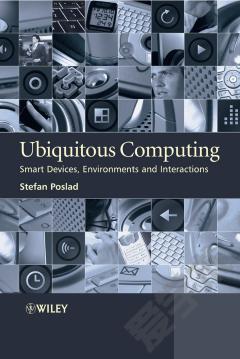

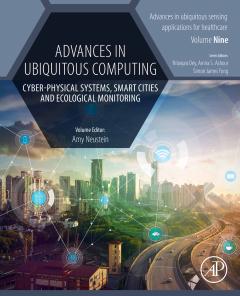
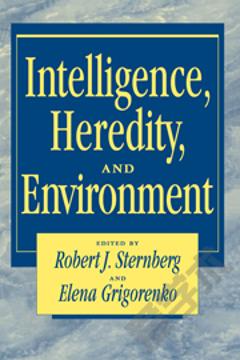
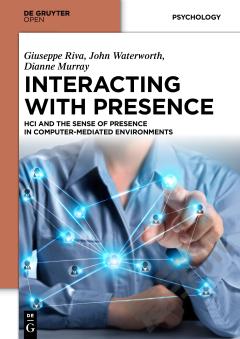
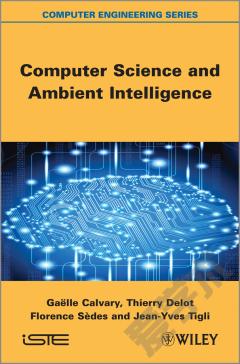
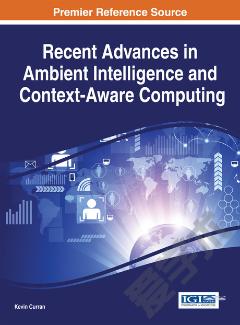

 京公网安备 11010802027623号
京公网安备 11010802027623号